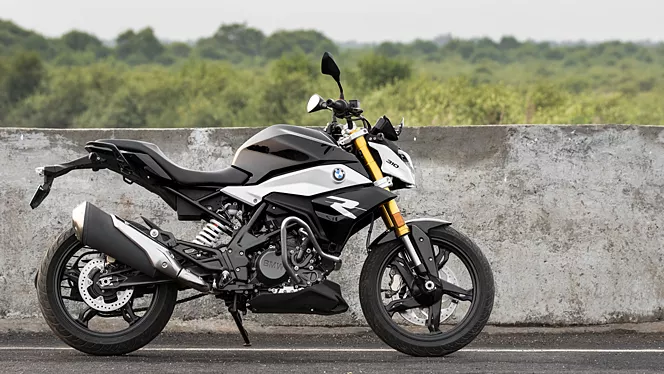As urban environments become increasingly congested, people are searching for practical, eco-friendly solutions to transportation. Among the options available, one stands out for its simplicity, affordability, and transformative potential: the simple bike. This unassuming mode of transportation is not just a means of getting from point A to point B; it’s a lifestyle choice that can revolutionize your ride in more ways than one. In this article, we will explore how the simple bike can change everything, from personal health to urban landscapes.
Table of Contents
ToggleThe Rise of the Simple Bike
Bicycle have been a staple of personal transportation for centuries. However, in recent years, there has been a resurgence in their popularity, especially in urban areas. This renewed interest is driven by several factors, including increased awareness of environmental issues, the desire for healthier lifestyles, and the need for cost-effective transportation solutions. Simple bikes, often defined by their minimalist design and ease of use, are at the forefront of this movement.
Health Benefits
One of the most immediate and noticeable benefits of choosing a simple bike over other forms of transportation is the improvement in personal health. Biking is a low-impact form of exercise that can help improve cardiovascular health, build muscle strength, and increase flexibility. Regular cycling can also help with weight management and improve mental health by reducing stress and anxiety levels. In an era where many people lead sedentary lifestyles, incorporating biking into daily routines can lead to significant health improvements.
Economic Advantages

Simple bikes are not only good for your health; they are also easy on the wallet. Compared to the costs associated with owning and maintaining a car, bikes are incredibly affordable. The initial investment in a simple bike is relatively low, and the ongoing costs are minimal. There’s no need to worry about fuel prices, parking fees, or costly repairs. For those living in cities, biking can also reduce reliance on public transportation, saving even more money in the long run.
Environmental Impact
In addition to personal benefits, simple bikes are an eco-friendly alternative to motorized vehicles. Bicycles produce no emissions, making them a perfect choice for reducing one’s carbon footprint. By choosing to bike instead of drive, individuals can contribute to decreased air pollution and a reduction in greenhouse gas emissions. This is particularly important in urban areas, where air quality is often compromised by traffic congestion.
Urban Transformation
The rise of the simple bike has the potential to transform urban landscapes. As more people choose biking as their primary mode of transportation, cities are adapting to accommodate this shift. Bike lanes are becoming a common feature on city streets, and some cities have even implemented bike-sharing programs to encourage more people to ride. This shift towards biking can lead to a reduction in traffic congestion and a more pedestrian-friendly urban environment. In turn, this can improve the overall quality of life in cities by making them safer and more enjoyable places to live and work.
Social and Community Benefits

Biking can also have a positive impact on social interactions and community building. Biking encourages people to be more present in their neighborhoods, fostering a greater sense of community. Cyclists are more likely to engage with others and support local businesses, contributing to a vibrant local economy. Additionally, the shared experience of biking can lead to the formation of biking groups and communities, providing opportunities for social interaction and support.
Accessibility and Inclusivity
Another significant advantage of simple bikes is their accessibility. Unlike other modes of transportation that may require a driver’s license or significant financial investment, bikes are accessible to people of all ages and income levels. This inclusivity can empower individuals who may not have access to other forms of transportation, enabling them to participate more fully in society. For example, bikes can provide a reliable means of transportation for those who live in areas with limited public transit options.
Technological Innovations
While simple bikes are known for their straightforward design, they are not immune to technological advancements. Innovations such as electric-assist bikes (e-bikes) are making biking more accessible to a broader range of people, including those who may have physical limitations or who need to travel longer distances. These advancements are expanding the potential of simple bikes to revolutionize transportation even further.
Challenges and Considerations

Despite the many benefits of simple bikes, there are also challenges to consider. Safety is a primary concern for many potential cyclists, particularly in cities with heavy traffic and limited bike infrastructure. However, these challenges are being addressed through the development of more comprehensive bike networks and education programs aimed at both cyclists and drivers.
Conclusion
The simple bike is more than just a means of transportation; it’s a vehicle for change. By choosing to incorporate biking into our daily lives, we can improve our health, save money, and contribute to a cleaner, more sustainable environment. As cities continue to evolve to accommodate cyclists, the benefits of biking will only become more pronounced. Whether you’re looking for a way to stay fit, save money, or reduce your environmental impact, the simple bike offers a solution that can truly revolutionize your ride.

